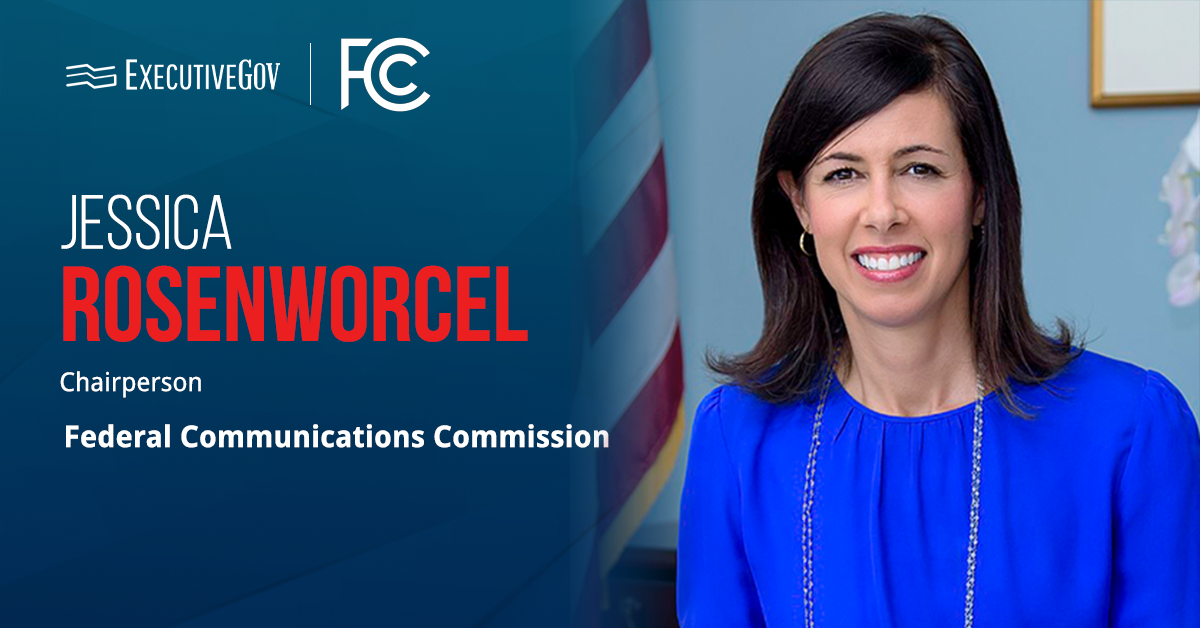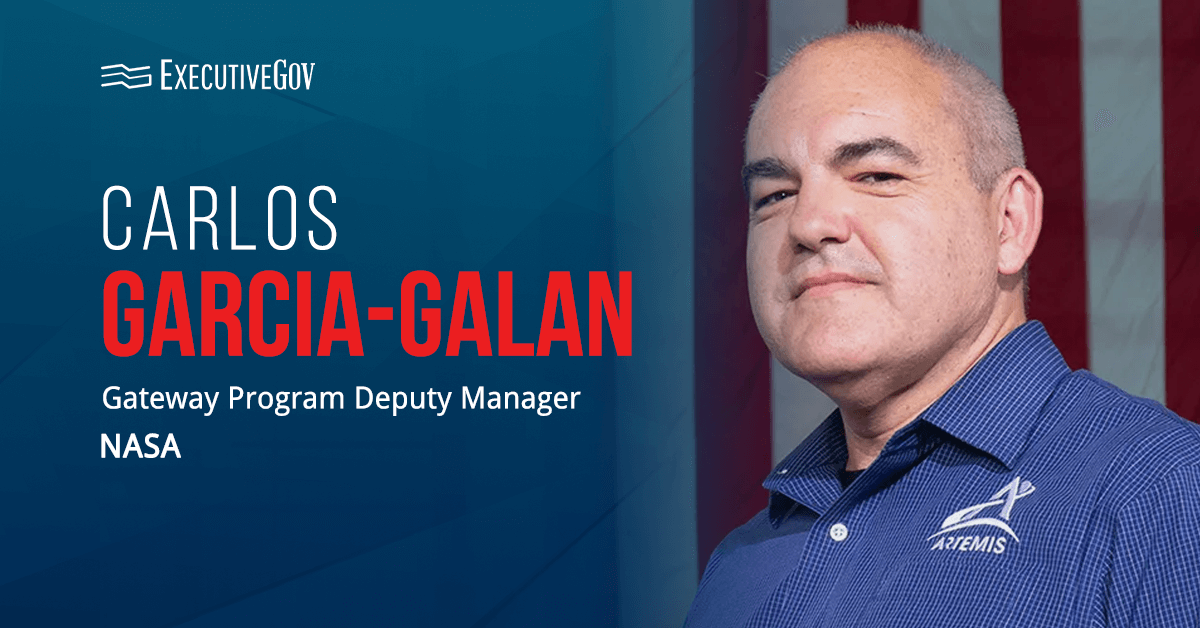The Office of Management and Budget has issued new guidance to help strengthen domestic supply chains for U.S.-produced semiconductors through federal procurement.
OMB said Thursday the memorandum outlines additional management actions to improve transparency about the federal government’s demand for products and services that use mature semiconductors and ensure that the government considers input from a recently issued request for information and other market research in developing requirements and procurement strategies that leverage U.S.-made semiconductors.
On Dec. 10, OMB released the RFI to solicit input on methods the federal government can implement to strengthen the resilience of domestic semiconductor manufacturing and determine ways to incentivize government contractors to scale up their use of semiconductors produced in the U.S.
Management Actions
According to the memo, agencies should prepare forecasts by the end of June 2025 that identify any individual acquisitions expected to have a total value of $100 million or more and are planned for award in fiscal years 2026 through 2029 that are mostly for critical infrastructure.
OMB also asks agencies to update the procurement forecasts in alignment with the memo.
By Dec. 1, 2025, agencies that have published forecasts should submit to OMB and the Department of Commerce a strategic plan that addresses specific strategies they are considering to facilitate the use of chips for products and services outlined in the forecasts through dual or multiple sourcing.
OMB is encouraging agencies to perform public outreach before submitting their strategic plans.
The General Services Administration and other agencies that manage governmentwide acquisitions should take action by the end of September 2027 to ensure that contract vehicles can support orders by agencies for services or products that require dual sourcing of leading-edge, mature semiconductors.












